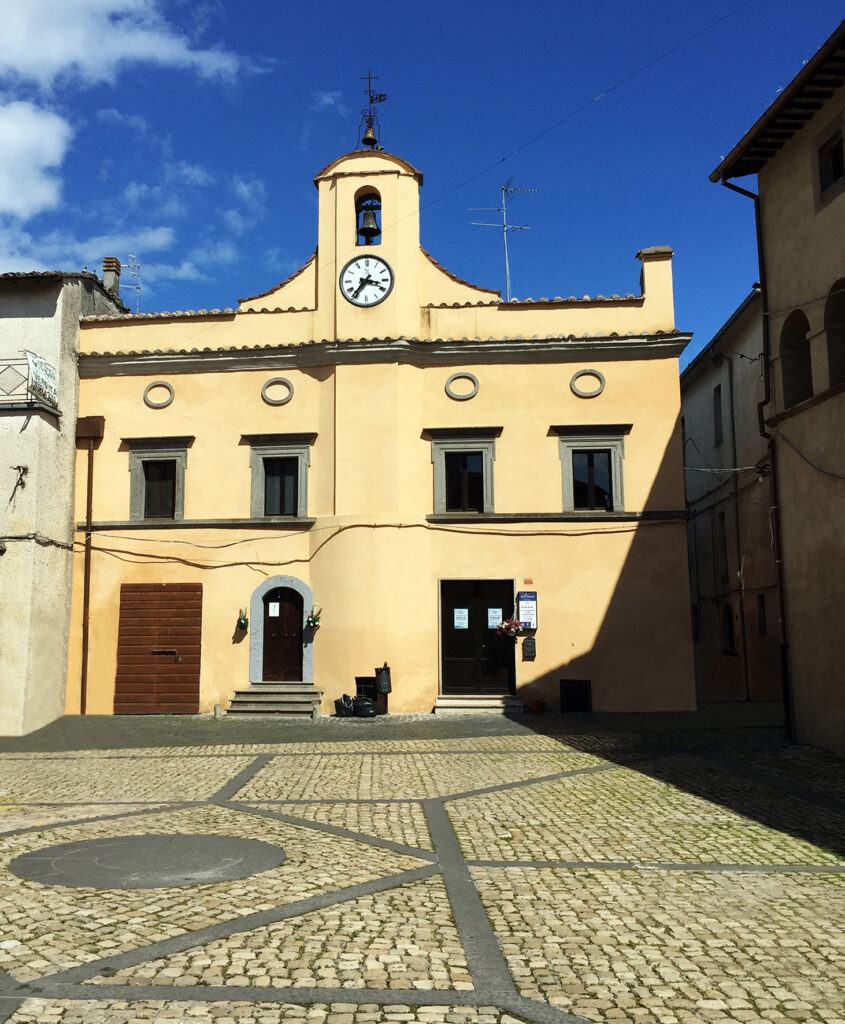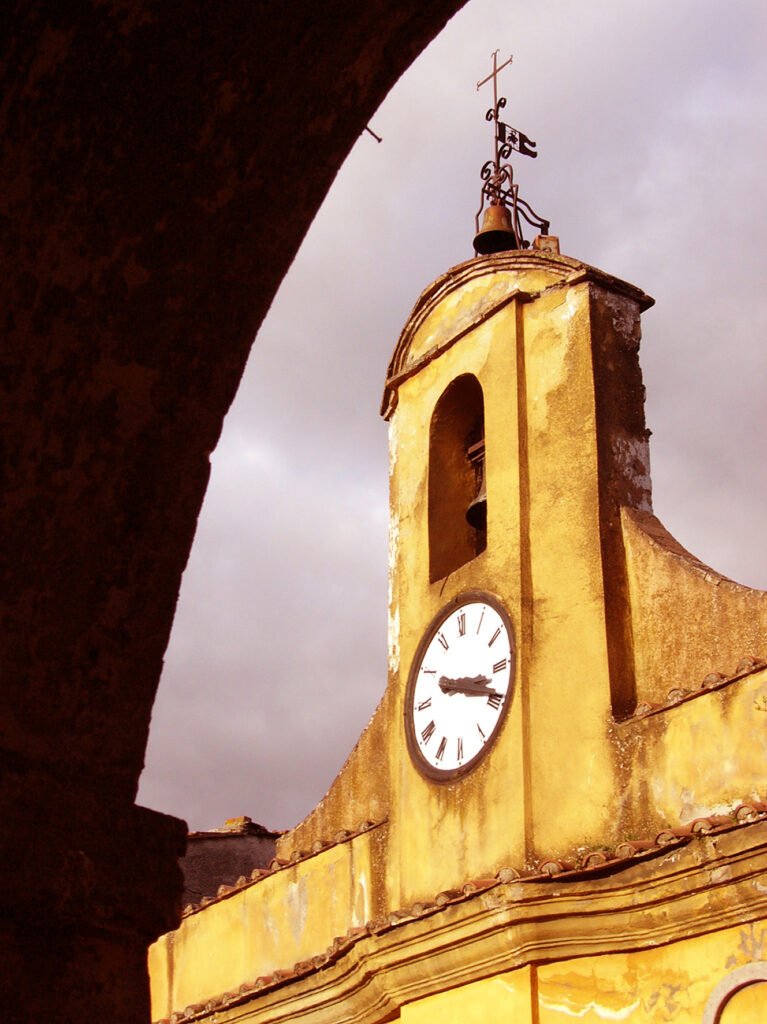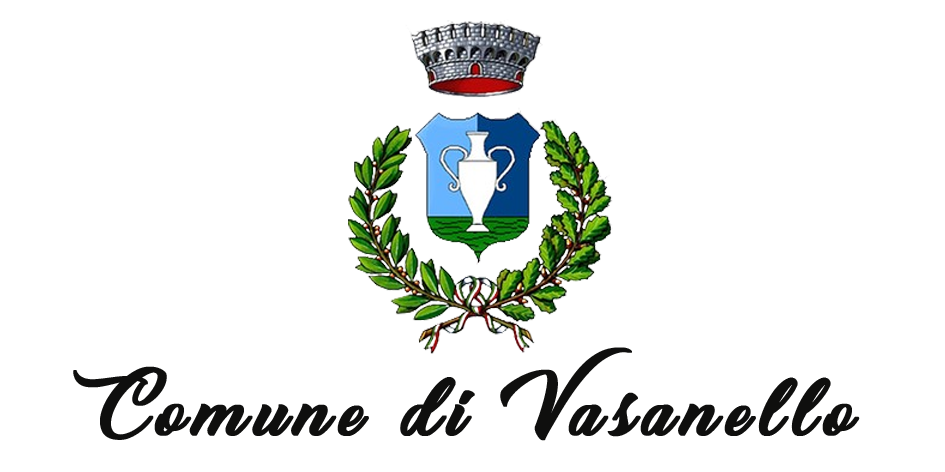Torre dell’Orologio
Orologio Tower


Edificio Secentesco, si staglia sul lato orientale della piazza e ricorda molto il barocco coloniale spagnolo. Fu sede municipale ma, per quanto grazioso, conta appena due vani al piano superiore ed altrettanti a quello inferiore: si può quindi ben capire che nel 1900, grazie ad una donazione, il comune si trasferì nella ben più capiente sede attuale di Palazzo Celestini (vedi n° 12, Municipio – Palazzo Celestini). Il nome con cui il palazzetto è conosciuto si deve al grande orologio, installato sulla torretta nel 1911 (dalla Società Fontana di Milano), che scandisce i quarti attraverso il suono di una campana.
Precedentemente ve n’era un altro (installato contestualmente alla realizzazione della torretta nel 1828), dal quadrante però diviso in appena sei ore. Cosicché, ci informa Nano i ‘Vappo (”Le mie radici”, a cura della Classe 1951, Tip. Menna, Orte, 1990): “
[…] quando la lancetta aveva fatto il giro completo, il numero uno diventava il sette, il numero due l’otto e così via; è evidente che l’ora veniva interpretata attraverso l’intensità della luce del sole.” A seguito del trasferimento della sede comunale, l’edificio fu a lungo adibito a scuola elementare prima e a biblioteca poi. Con il trasferimento anche della biblioteca negli attuali spazi di Palazzo Celestini, ai nostri giorni questo bel palazzetto, restaurato ad inizio anni Duemila, è utilizzato come sede di associazioni di volontariato.
This 17th-century building stands on the eastern side of the square and closely resembles Spanish colonial Baroque architecture. It once served as the town hall but, despite its charm, it consists of only two rooms on the upper floor and two on the lower floor. It is therefore easy to understand why, in 1900, thanks to a donation, the municipality relocated to the much larger Palazzo Celestini (see No. 12, Municipio – Palazzo Celestini).
The building’s popular name derives from the large clock installed on the small tower in 1911 by the Fontana Company of Milan, which chimes the quarters with the sound of a bell. Previously, another clock had been in place (installed along with the tower in 1828), but its dial was divided into only six hours. As Nano i’ Vappo informs us in Le mie radici (My Roots, edited by the Class of 1951, Tip. Menna, Orte, 1990):
“[…] when the hand completed a full turn, the number one became seven, the number two became eight, and so on; it is evident that the time was interpreted based on the intensity of sunlight.” After the town hall was moved, the building was used as an elementary school for many years and later as a library. Following the library’s relocation to its current space in Palazzo Celestini, this beautiful structure—restored in the early 2000s—is now used as a headquarters for volunteer associations.


